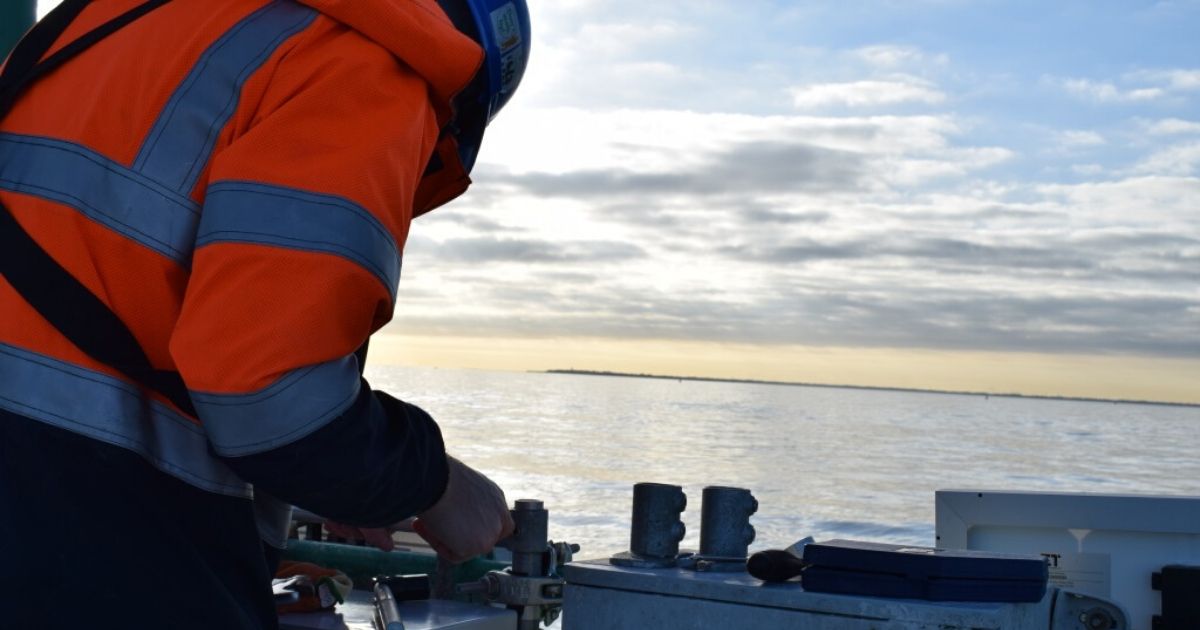OceanWise Ltd has produced a free guide to systemized maintenance including 7 simple steps to a good approach.
Environmental monitoring is essential to almost all marine and coastal operations, collecting data in real-time, 24 hours a day, transmitting that data and making it available to those who need it most reliably and continuously. The systems that underpin this monitoring comprise a variety of hardware and software components, from the sensors that acquire the data through to the applications that display and disseminate it. All components need to work seamlessly and reliably together, without interruption, to support decision making, enhance health and safety, and improve efficiencies.
 Effects of water damage on a junction box before and after maintenance
Effects of water damage on a junction box before and after maintenance
We are seeing unpredictable and unprecedented environmental conditions due to climate change (higher tides, more frequent storm surges, stronger and more frequent winds, rising sea levels, warmer temperatures etc). It is therefore more important than ever that operators are checking instrumentation to ensure that it doesn’t fail when it is needed most.
The ‘fit and forget’ approach will leave you open to instrumentation failure or inaccuracy, thus putting operations at risk.
How can you ensure that investment in equipment continues to deliver accurate and reliable data into the future?
What maintenance and recalibration regime should be adopted that is beneficial but not overly onerous or costly?
These two questions can be answered at least initially by asking – what will happen if you do nothing?
- Sensor performance will be degraded, so data quality will reduce over time i.e. the data will become unreliable
- Components are more likely to fail, with a sudden reduction or complete cessation of data retrieval
- System downtime will become more frequent and extended, potentially leading to a total or partial halt in operations
- Unnecessary costs are likely to be incurred, as equipment will need to be repaired or replaced prematurely
- Overall, situational awareness and user confidence will be compromised, leading to increased risk of accidents or incidents
By having a planned i.e. systemized approach to maintenance you can maximize your investment over the lifetime of the instruments (leading to better return on investment) and are less likely to have periods of downtime. Having trust in data is very important – unreliable, incomplete or inaccurate data is almost as bad as no data at all.
OceanWise Ltd has produced a free guide to systemized maintenance including 7 simple steps to a good approach. Download it today here.
The OceanWise 7 steps to systemized maintenance:
- Evaluate
- Assess the level of risk
- Read the manuals
- Contingency planning
- Educate
- Adopt a ‘whole system’ approach
- Monitor
More information, useful tips, free publications and available training courses can be found on our website here.
By OceanWise Ltd





